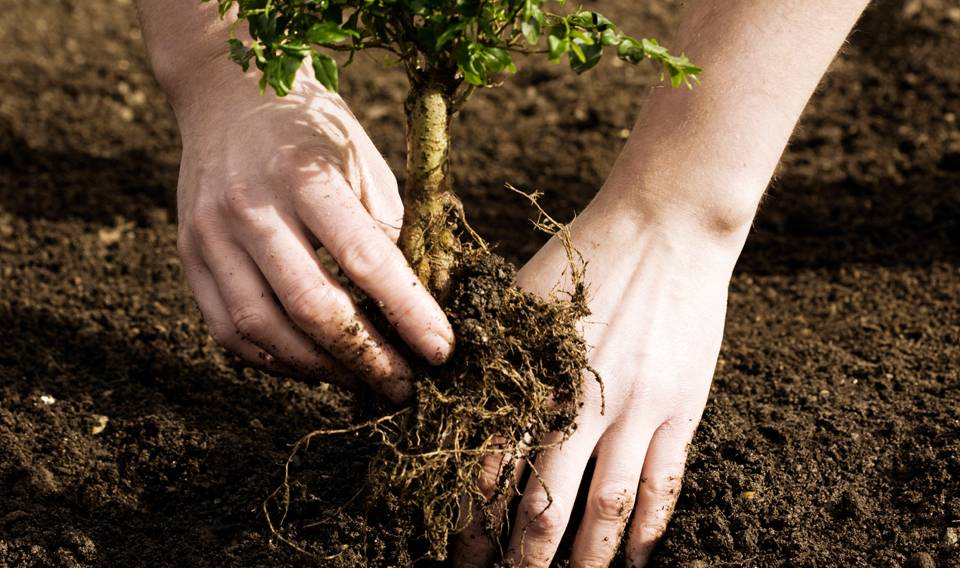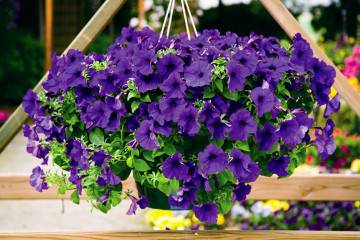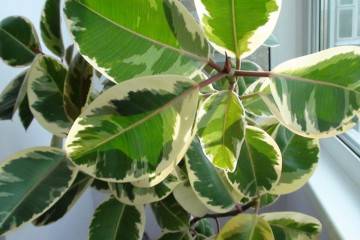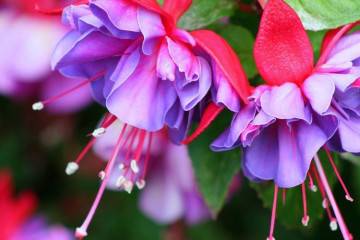Spirea Ivolistaya - care and cultivation
Content:
Willow spirea is a beautiful plant. It is distinguished by its unpretentious care. Powerful bushes of culture are often used in landscape design.
Description of willow spirea
Spiraea Salicifolia is a shrub that grows up to 2 m. The second name of the culture is gray spirea. According to the description, it has pointed leaves that grow up to 10 cm. Above they have a darker color than below. The branches point straight up.
The plant grows rapidly due to root growth. The inflorescence includes many small flowers with yellow pedicels. They form a panicle that reaches a length of 25 cm. The culture begins to bloom 4 years after planting.
There are many varieties of the plant. These include willow spirea white, pink, Alba (spirea Alba). In nature, the shrub is found in Eurasia. It also grows partially in North America. Bushes usually grow in swamps and near water bodies, but can also be found in fields.
Features of growing spirea
The easiest and fastest way is to grow from seeds. It allows you to get a lot of plants. The seeds do not need any special preparation. In August, you should collect the branches with seeds. It is important that the boxes are not open or have a dark brown color.
The bolls open 2 weeks after collecting the seeds. At this point, you can get seeds for planting. First, they must be planted in containers filled with a special substrate. It should include peat and vermiculite.
When sprouts appear, the culture can be planted in the ground. This type of spirea needs a sunny spot. In partial shade, the culture also develops, but its flowering becomes less abundant.
Growing by cuttings
This method helps to preserve the varietal characteristics of the bush and achieve faster flowering. Partially lignified shoots of this year are used as planting material. They should be 10-15 cm long. The lower part of the shoots should be lowered into a growth stimulator for several hours, and then planted in the ground. It is recommended to do this in July, then by autumn it will already be possible to get seedlings with full-fledged roots.
Growing by layering
In this case, during the opening of the leaves, it is recommended to tilt the lateral branches to the soil surface and fix it. Then sprinkle with soil and water periodically. By the fall, it will be possible to get an independent bush.
How to care for willow spirea
To grow powerful bushes and achieve abundant flowering, it is necessary to provide the plant with proper care.
Watering
This crop is drought tolerant. Adult bushes have enough 15-20 liters of water per week. In the heat, the number of waterings is increased. Young plants need to be watered more abundantly. At the same time, it is important to avoid stagnant moisture.
Top dressing
It is necessary to feed the bushes in early spring. This is recommended prior to flowering. The culture requires a complex of minerals and organics. To do this, for 6 liters of water, you need to take 7-10 g of superphosphate and 10 liters of mullein.
Pruning
The plant is recommended to be pruned in the fall.This is done after flowering is complete. In this case, wilted inflorescences should be cut off, and tall flexible shoots should be shortened by a third. Such pruning promotes the growth of young branches, on which buds are formed in spring.
Shearing is carried out for plants that are 4 years old. As a result of this procedure, bushes with a height of 20-30 cm should remain. The more shoots are removed, the more intensively the shrub will grow green mass. It is imperative to cut out all the weak growth near the root collar.
Diseases and pests
The plant is ill quite rarely. However, in wet weather, it suffers from gray mold. To cope with the problem, it is necessary to use fungicides containing copper or colloidal sulfur.
Of the pests, spirea most often suffers from aphids, spider mites, slugs. To cope with ticks, use "Fozalon" or "Phosphamide". Insecticidal preparations help with other parasites. A solution of coffee will help eliminate slugs.
Preparing for winter
The plant is able to withstand low temperatures, but if a harsh winter is expected, the culture needs to be prepared, especially the young bushes. To do this, cover the trunk circle with mulch. Hay or straw can play its role. The roots can be additionally insulated with dry spruce branches. After that, you should tie the branches into a bunch and cover with agrofibre.
Use in landscape design
The shrub is often used to create landscape compositions. Often, a dense hedge is made from spirea. Spirea goes well with various plants and is often used to decorate an alpine slide.
Healing properties
The beneficial properties of culture are due to its unique composition:
- vitamin C - strengthens the walls of blood vessels and improves immunity;
- carotenoids - help stop aging of the body;
- salicylic acid - has analgesic and antipyretic properties;
- flavonoids - stimulate metabolism.
The willow spirea is an ornamental plant that is characterized by undemanding care. But in order to get a healthy culture and achieve abundant flowering, you need to properly water, feed and cut the bush.



















